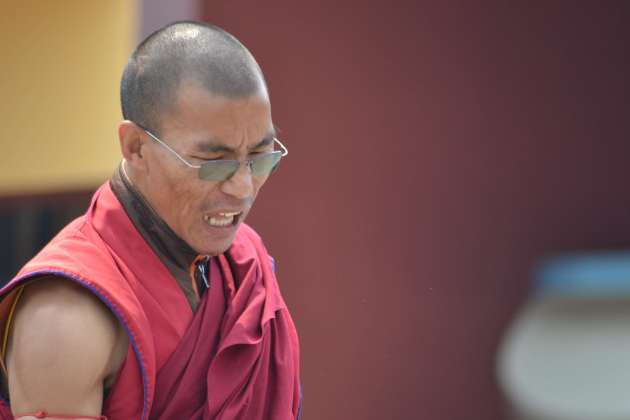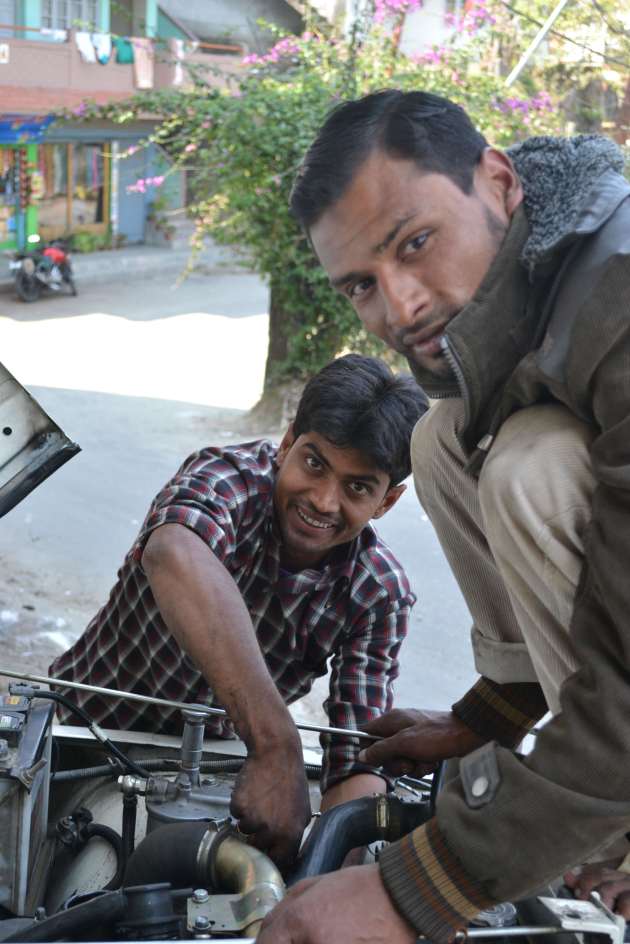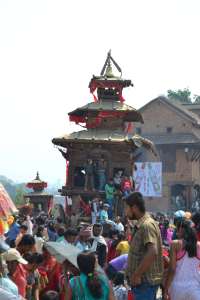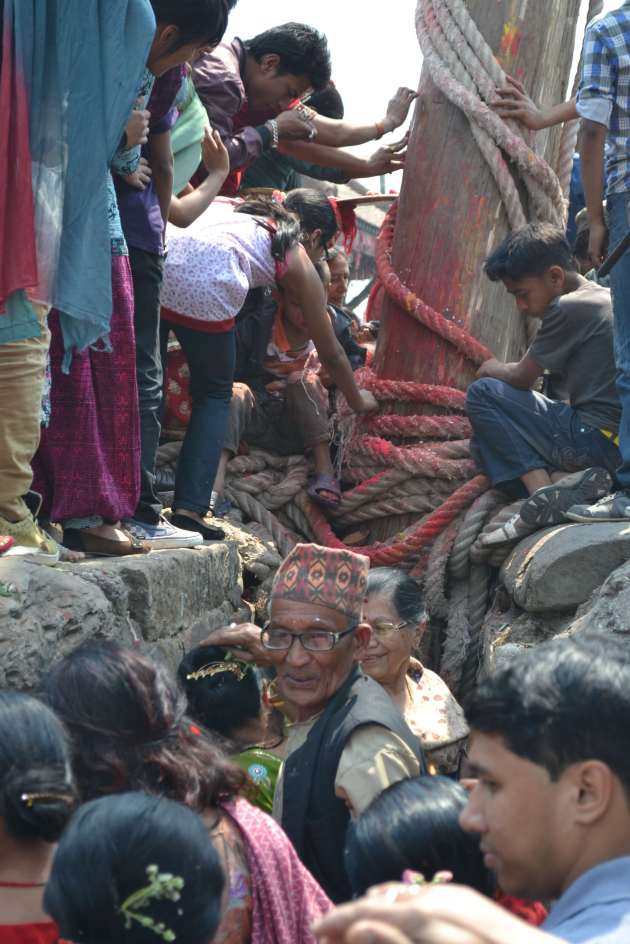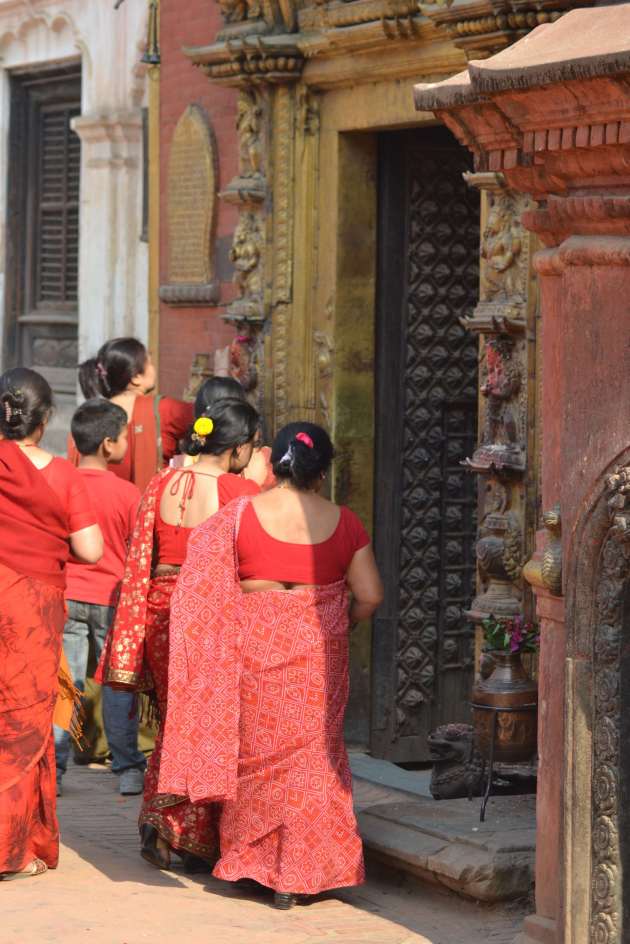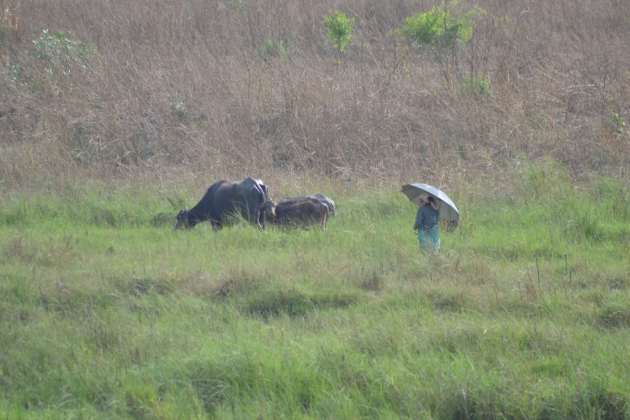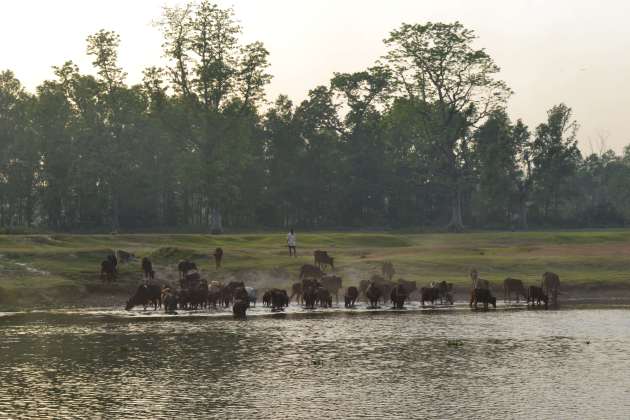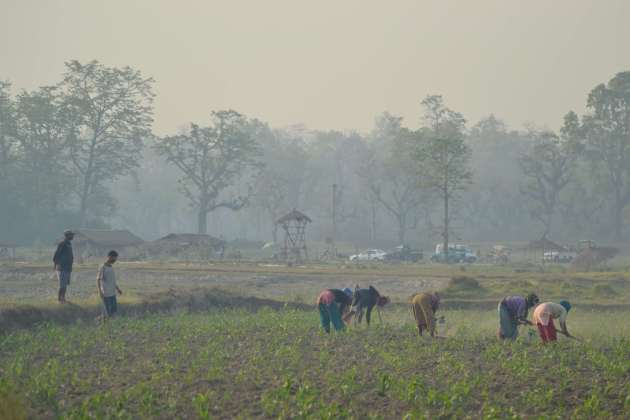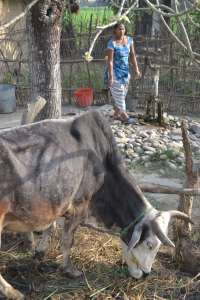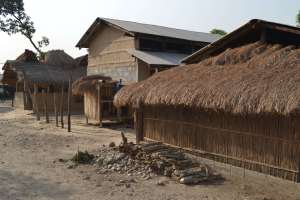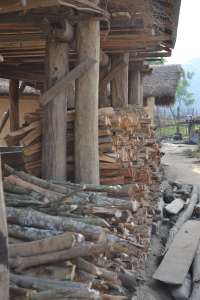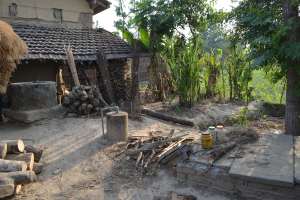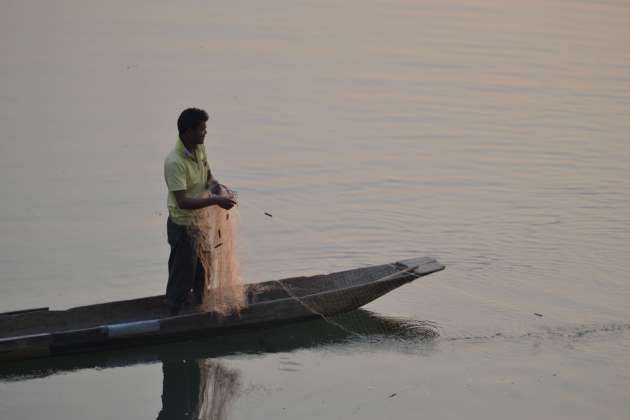Before this trip, I had always thought of Nepal as a mountain country, dotted with monasteries and small, isolated villages. Those things exist of course, along the Northern border with Tibet, but on this occasion, my instincts took me into another terrain altogether – the Chitwan.
The Chitwan National Park is one of the largest nature reserves left in lowland Nepal and is generally regarded as the most important. A vast area of flood-plains and swamps surround the East Rapti river which, because it doesn’t arise in the Himalayas, is much warmer than most rivers in this area and therefore supports a wider range of tropical wildlife. After the end of the civil war, the army has cleared the area of poachers and many rare animals including the Bengal tiger and the Indian rhino are growing in numbers again. It is one of the most succesful conservation programmes in the sub-continent. There are also wild elephants, sloth bears, deer and monkeys, and many smaller animals, too. To aid their conservation efforts, the Nepalese government recently banned overnight stays in the park itself, and most of the hotels are now concentrated around the riverside town of Sauraha, where, we spent a total of two days. There was so much to take in, that I have divided this posting in two – part one relates to the wildlife, and part two to the life of the villagers.
Part 1 – Jungle walks and encounters
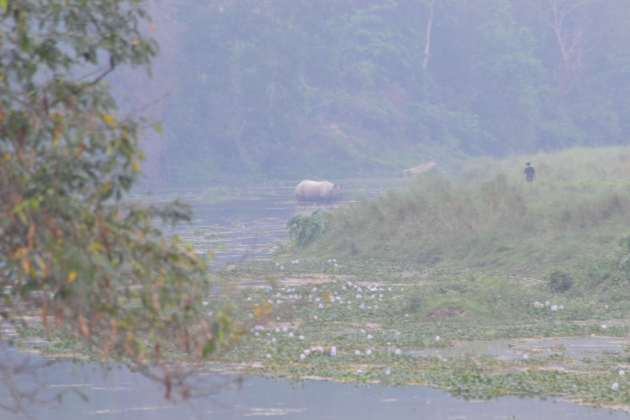
A rhino seen crossing the river – a first day sighting by our eagle-eyed guide and a terribly lucky one. The figure to the right is a park ranger – one of the 3,000 or so rangers, troops and policemen who keep the wildlife safe from poachers and the villagers (sort of) safe from the wild-life.
Our timing was excellent; arriving in a gap between larger parties, we had the undivided attention of two guides on our second day, the ever calm and unflappable Mara and his shorter, quick moving colleague, Nitesh. With just us two people to shepherd, our guides enjoyed the walk more themselves. They explained that if there are more than, say, five in a party, they rarely have the time to track things properly and in any case, the noise become too much for most of the animals.

The day begins with a trip up-river by dugout canoe – this a picture of another party. Just one guide – I wonder if he’s told them about the crocodiles, yet.

Mara, leading us into the jungle; the stick he carries his, and our, only defense.
After a journey up-river, bird spotting along the way (the colours on the kingfishers were magnificent, but beyond my camera skills to capture) we alighted on the opposite bank and entered the jungle proper. Now, the reality is that you can easily go a whole day on one of these walks and never see any of the larger animals at all. They are wary of humans and will tend to hear (or smell) you and move away, long before you get near enough to see them. To add to that, we were there pretty late in the season. The long jungle grasses had already reached two metres in places – so we were pretty happy just with the odd signs of passage that Mara and Nitesh pointed out along the way.

The mark of a passing rhino? So reckons Mara.
But then, after a steady walk and a couple more photos of smaller beasties, our guides both froze at the sound of a loud rumble forwards and to our right. So began our first encounter with the rhinos that day…..

Mara shows me where two rhino were catching a little sun, before we apparently got too close and disturbed their rest. Just behind us, the grass was still wet with a little wee – the rhino’s by the way – in case you were unsure.
I never actually saw the rhinos – but later worked out that Mara had got me within 30 m of this spot when we heard them get up. This is not far. This is in fact, rather close. Very close – an angry rhino can cover 30m in less than three seconds at full pelt. The above picture, by the way, was taken by Jules. She was up a small tree at this point – a doubly smart move really, because it put the best photographer in the tree and the best runner on the ground!
So, although we waited and Jules watched for a while, we didn’t see to o much of these two, nor the next two that we heard a little while later, fighting some way off. By that time, we had left the open grass lands and were threading our way along woodland pathways, pausing every so often as Mara or Nitesh pointed out the tracks of wild boar and deer, or the holes left by sloth bears rooting for termites.
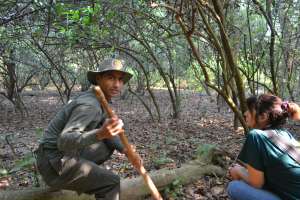
Nitesh with Jules
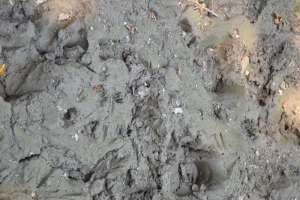
Rhino tracks in a small wallow, overlaid with boar, deer and wildcat,… obviously.

A gray langur female, her baby and a youngster. And a first for our guides – the youngster had previously been in the arms of the younger (sister?) the first time Mara had ever seen such group care, amongst these monkeys.
Eventually, about an hour late, we made it back to the river crossing (nah –
perfectly on time, bhai[1] – this is the Nepalese jungle, not Times Sq) thence to a late-afternoon ride on an elephant.

Two of our party following across the river. Happily, our mahout (driver) persuaded ours NOT to give us all a refreshing bath half-way across

Being on the back of an elephant means that the animals generally ignore you – This a taken from about 5 m – those three grey bits sticking up out of the water are the ears and horn of a young rhino relaxing in a water hole. Honest.
We were incredibly fortunate and priveliged to see all this in just a single day and a bit. In total, we saw or heard five of these incredibly rare rhinos, besides deer, boar, monkeys and wild chickens. And it was a real eye opener to walk and talk with our guides. They are all highly trained (it takes about two years to get a licence as a guide, and it shows). They patiently pointed out and explained all sorts of things, from tracks to tree species and how to tell the difference between the two types of crocodiles on the river (one can eat you – the other can’t). And it was a real education to watch the way they moved through the terrain – not so much silent as “with-it” – always alert, but equally at ease – armed with only a metre long stick and a lot of nous. And yes, we did ask them about tigers, and yes, there are some in that area (we saw the evidence in the skull and rib cage of a long-dead, but large male deer) but yes, unless you have the time to track them (like a three or five-day trek) there is little chance of seeing one.
Thank goodness there are those in this world – governments and people – of sufficient vision and care to intervene and save these habitats and the beasts that live in them, despite the many pressures to do otherwise.
Part 2 in a few days time.
[1] “a familiar term of address in Nepalese – it means “little brother”.



